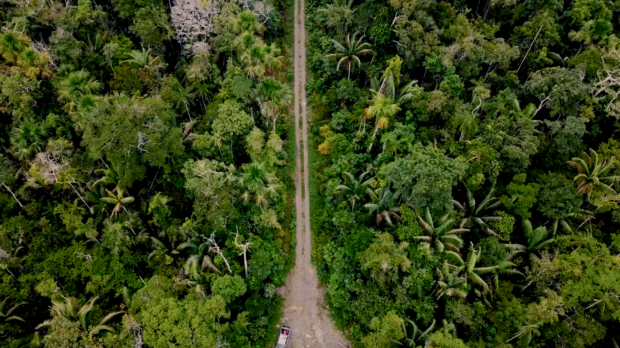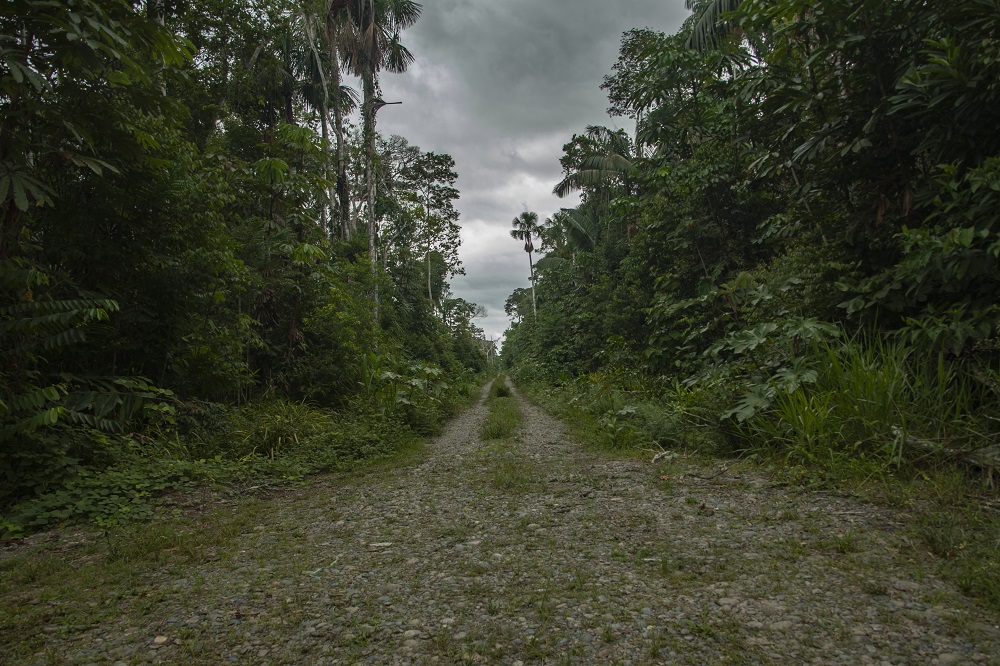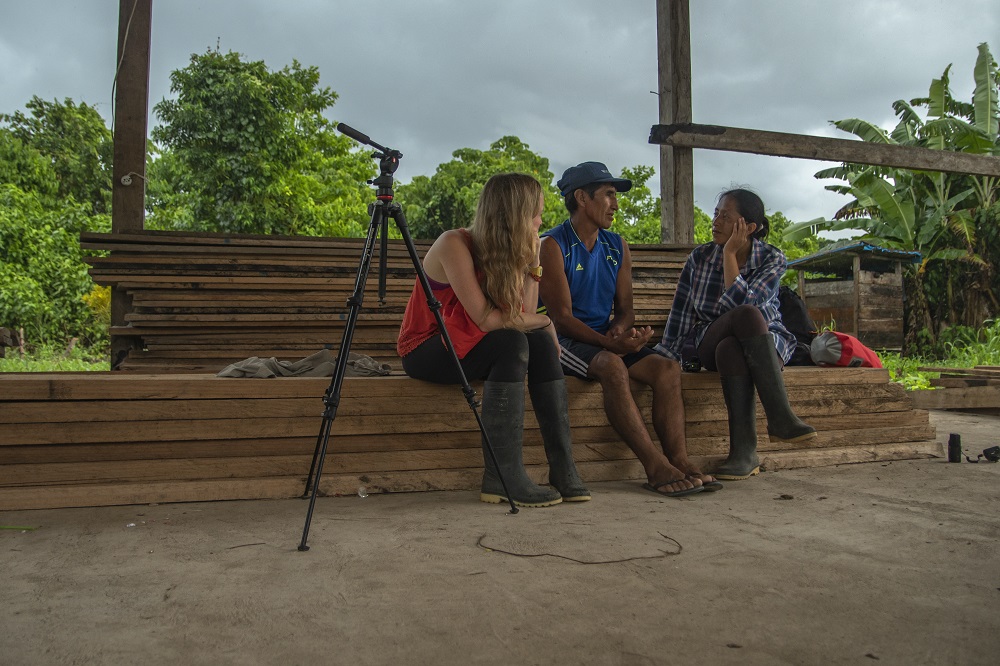
Deep in the Peruvian Amazon, a developing road is quietly encroaching on indigenous communities previously cut off from the outside world.
Like any road, it has two sides. One brings in potential threats to the communities’ way of life, but the other provides a way out of poverty and a lack of healthcare.
This road is the focus of a new documentary by Scots film maker Eilidh Munro, which launched worldwide on Thursday.
The 23-minute film follows the building of a new track which is destroying a UNESCO World Heritage Site – the Manu Biosphere Reserve, in the jungle of south-eastern Peru – causing conflict, fear and large-scale deforestation.
The Peruvian government has declared the building of roads in this Amazon region a ‘national priority’ and is investing millions into road construction and improvements.
But scientists predict the road will cause over 40,000 hectares of deforestation by 2040, an area equivalent to the combined size of Edinburgh and Glasgow.
The road is destroying biodiversity and contributing to climate breakdown. It will increase land grabbing and the erosion of indigenous culture, and has links to illegal gold mining, cocaine trafficking and modern day slavery.
And in more recent months, it also brings the threat of Covid-19 to communities who have not yet been touched by the pandemic.
Yet for the indigenous Yine people from Diamante Native Community the road also brings opportunity.
“Although in general people in Diamante do want the road, it is not without fear or trepidation about what it will bring,” says Edinburgh based Eilidh, 29.
“It is likely that the threat of Covid (alongside the existing threats of land grabbing, cocaine trafficking, illegal logging, etc.) will add to that general sense of fear.
“For the Mascho Piro – an uncontacted group – Covid could be devastating for the small numbers in the communities and the fact that some are in semi-contact.
“The road is likely to increase contact – with more loggers going into new areas – and the increased risk of infection.”
But for those on the ground and living in the communities, it is the promise of a better life which – even in spite of the road’s issues – means they are welcoming its arrival.
Local primary teacher Myriam Lupaca Medina explains: “People here are human beings that need to live.
“Human beings that need a quality of life. And that is what we ask for. A quality of life.”
For years, the community have been tirelessly campaigning for the road to be built, despite the dangers it brings.
“Politicians are promising Diamante that the road will create jobs and improve livelihoods, that it will bring better education and healthcare,” continues Eilidh.
“But will they keep their word and is there a plan to protect the community from cocaine traffickers and illegal loggers?
“The Yine people are prepared to risk it all. The stakes are high, both for them and this globally important forest.”
Created with environmental journalist, Bethan John, the film has been a project spanning almost three years in the making.
The all-female filming team behind the documentary spent 40 days visiting and living with indigenous communities in the remote jungle.
They carried out over 50 interviews and recorded intimate personal stories as native communities struggled to protect their land and culture, feeling ignored and forgotten by the state.
They uncovered stories of corruption, exploitation and a thriving black market economy.
The film’s key message however is to show how some of the planet’s most unique and remote communities are on the edge of changing forever – and asks the question many of us are asking in these turbulent times: how long will this diverse natural and cultural heritage survive?
Find out more: voicesontheroadfilm.com

Enjoy the convenience of having The Sunday Post delivered as a digital ePaper straight to your smartphone, tablet or computer.
Subscribe for only £5.49 a month and enjoy all the benefits of the printed paper as a digital replica.
Subscribe

